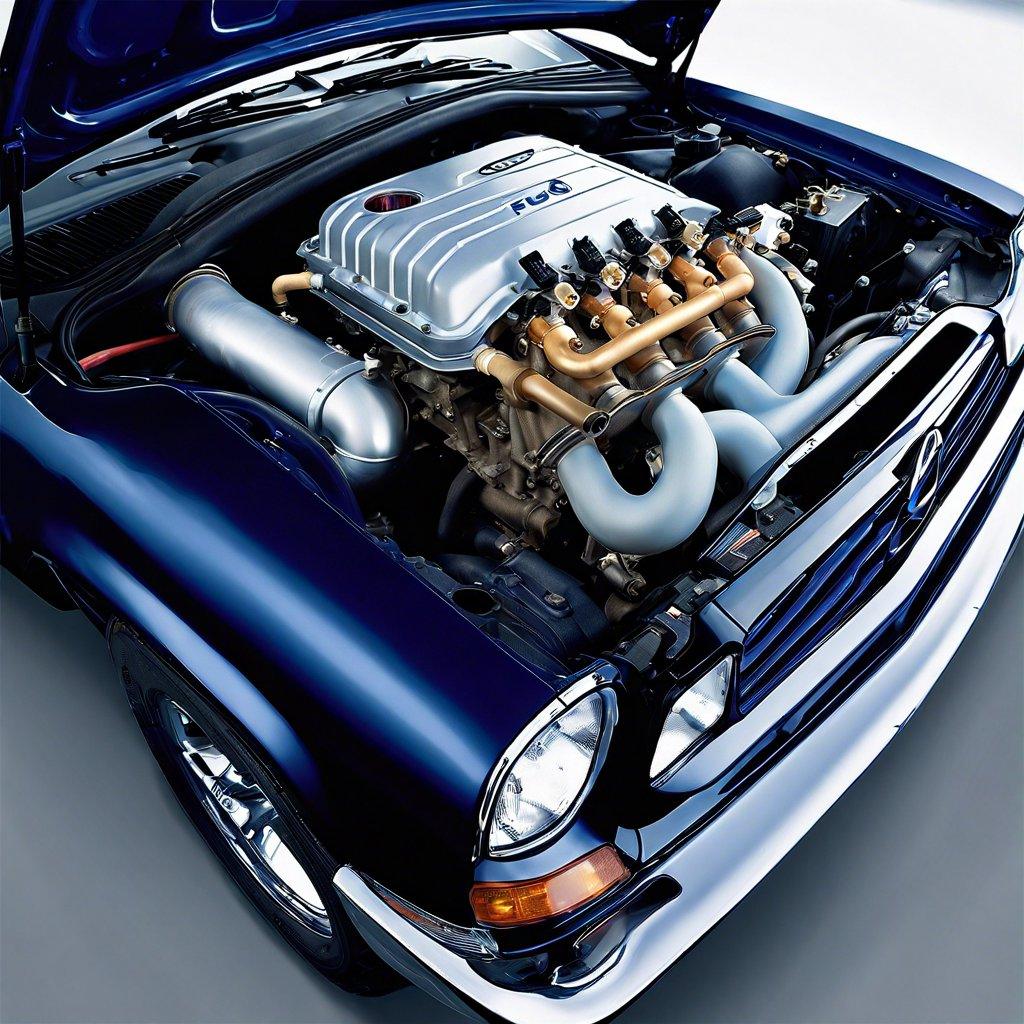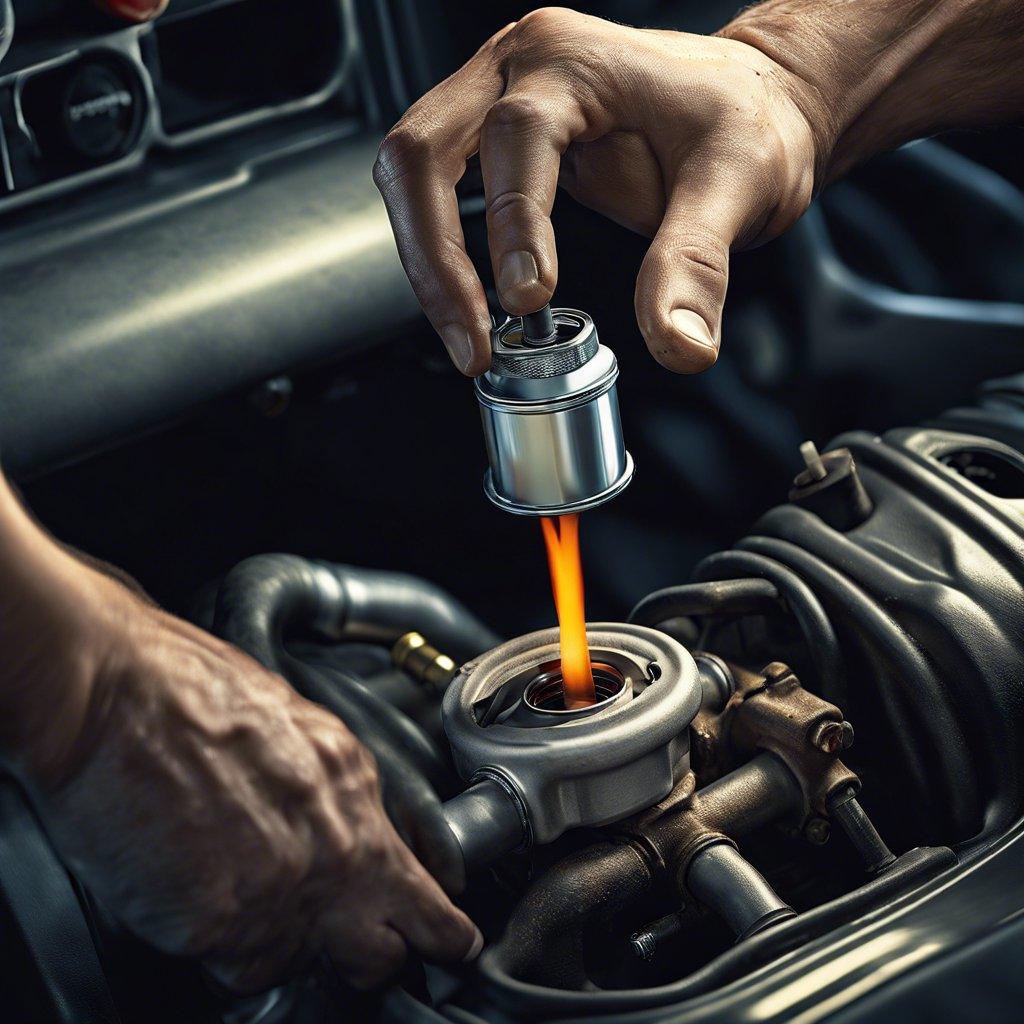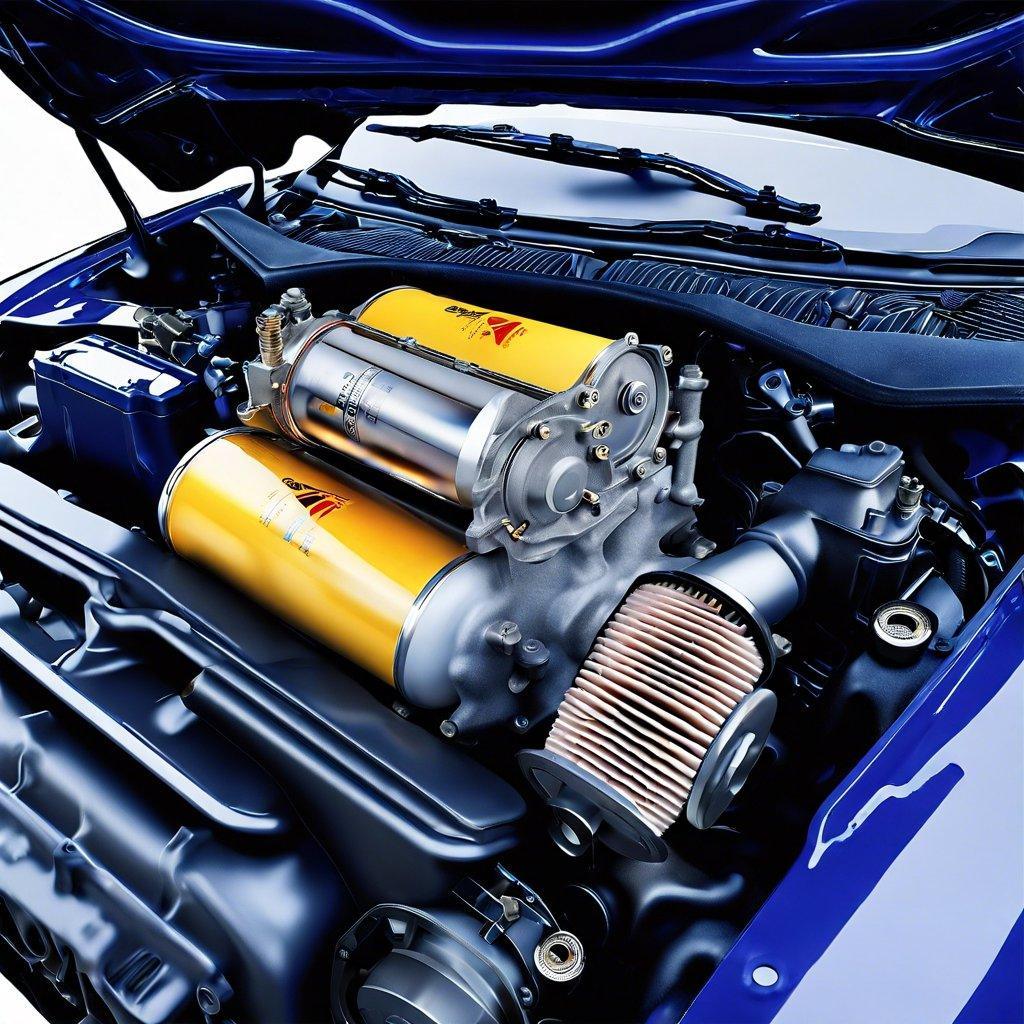Starting Your Car with a Bad Fuel Filter: What to Know
Diagnosing a Clogged Fuel Filter: A Critical Step for Smooth Engine Operation

As an engineering or technology professional, understanding the importance of a well-functioning fuel system is essential for ensuring the optimal performance and longevity of your vehicle’s engine. One critical component within this system is the fuel filter, which plays a pivotal role in maintaining the integrity of the fuel supply. A clogged or malfunctioning fuel filter can lead to a host of issues, ranging from decreased fuel efficiency to complete engine failure. In this comprehensive guide, we will explore the process of diagnosing a clogged fuel filter, equipping you with the knowledge to proactively address this common yet often overlooked problem.
The Role of the Fuel Filter
The fuel filter is responsible for removing impurities and contaminants from the fuel before it reaches the engine. Over time, as the filter becomes clogged with dirt, debris, and other particulates, it can restrict the flow of fuel, leading to a variety of performance issues. Diagnosing a clogged fuel filter is a crucial step in maintaining the overall health of your vehicle’s engine and fuel system.
Symptoms of a Clogged Fuel Filter
Recognizing the signs of a clogged fuel filter is the first step in addressing the problem. Some of the most common symptoms include:
- Decreased Fuel Efficiency: A clogged fuel filter can restrict the flow of fuel, causing the engine to work harder and consume more fuel to maintain the same level of performance.
- Difficulty Starting the Engine: A clogged filter can make it challenging for the engine to draw in the necessary amount of fuel, leading to starting issues.
- Stalling or Sputtering: As the engine struggles to receive the required fuel, it may experience intermittent stalling or sputtering, particularly under load or during acceleration.
- Reduced Engine Power: The restricted fuel flow can result in a noticeable decrease in engine power and acceleration.
Diagnosing a Clogged Fuel Filter
To diagnose a clogged fuel filter, follow these steps:
| Step | Action |
|---|---|
| 1 | Visually inspect the fuel filter for any signs of damage or obstruction. |
| 2 | Measure the fuel pressure at the filter inlet and outlet using a pressure gauge. |
| 3 | Compare the inlet and outlet pressures to the manufacturer’s specifications. A significant drop in pressure indicates a clogged filter. |
| 4 | If the filter is clogged, replace it with a new, high-quality unit to restore optimal fuel flow and engine performance. |
By following these steps, you can accurately diagnose a clogged fuel filter and take the necessary actions to address the issue, ensuring your vehicle’s engine continues to operate smoothly and efficiently.
Overcoming the Challenges of a Faulty Fuel Filter: Strategies for Drivers
Understanding the Role of the Fuel Filter
The fuel filter is a critical component in a vehicle’s fuel system, responsible for removing impurities and contaminants from the fuel before it reaches the engine. When the fuel filter becomes clogged or faulty, it can lead to a range of issues, including decreased fuel efficiency, reduced engine performance, and even engine stalling.
Identifying a Faulty Fuel Filter
There are several signs that may indicate a faulty fuel filter, including:
- Difficulty starting the engine
- Reduced fuel efficiency
- Decreased engine power or acceleration
- Engine stalling or sputtering
Strategies for Overcoming a Faulty Fuel Filter
If you suspect that your vehicle’s fuel filter is faulty, there are several strategies you can employ to overcome the challenge:
- Regularly inspect and replace the fuel filter according to the manufacturer’s recommendations.
- Consider upgrading to a high-quality, high-flow fuel filter to improve fuel system performance.
- Inspect the fuel system for any other potential issues, such as fuel pump problems or fuel line blockages.
- If the problem persists, consult a qualified mechanic for a thorough inspection and diagnosis.
Maintaining a Healthy Fuel System
To prevent future issues with a faulty fuel filter, it’s essential to maintain a healthy fuel system. This includes:
| Maintenance Task | Frequency |
|---|---|
| Fuel filter replacement | As per manufacturer’s recommendations |
| Fuel system cleaning | Every 30,000 to 50,000 miles |
| Fuel pump inspection | During regular maintenance |
By following these strategies and maintaining a healthy fuel system, you can overcome the challenges of a faulty fuel filter and ensure your vehicle’s optimal performance and reliability.
Reviving Your Engine’s Performance: Effective Techniques for Dealing with a Bad Fuel Filter
The fuel filter is a critical component in your vehicle’s fuel system, responsible for trapping dirt, debris, and other contaminants before they reach the engine. When the fuel filter becomes clogged or damaged, it can significantly impact your engine’s performance, leading to a range of issues that can be frustrating to diagnose and resolve.
Symptoms of a Bad Fuel Filter
Recognizing the signs of a bad fuel filter is the first step in addressing the problem. Common symptoms include:
- Decreased Fuel Efficiency – A clogged fuel filter restricts fuel flow, resulting in your engine working harder to get the necessary fuel, which can lead to reduced fuel economy.
- Difficulty Starting the Engine – A bad fuel filter can prevent the engine from receiving the proper amount of fuel, making it difficult to start or causing the engine to stall.
- Hesitation or Stalling – A clogged filter can cause the engine to hesitate or stall, especially during acceleration or under heavy load.
- Rough Idling – Uneven fuel delivery caused by a bad fuel filter can lead to a rough or unsteady idle.
Effectively Diagnosing and Replacing a Bad Fuel Filter
If you suspect a problem with your fuel filter, it’s important to have it inspected and replaced if necessary. Here are some steps to effectively diagnose and replace a bad fuel filter:
- Consult your owner’s manual to determine the recommended replacement interval for your vehicle’s fuel filter.
- Use a fuel pressure gauge to measure the fuel pressure before and after the filter. A significant drop in pressure indicates a clogged filter.
- Carefully disconnect the fuel lines and remove the old filter, ensuring to work in a well-ventilated area and take necessary safety precautions.
- Install the new fuel filter, ensuring it is properly aligned and the fuel lines are securely reconnected.
- Start the engine and check for any leaks, then test the vehicle’s performance to ensure the new filter is functioning correctly.
Maintaining Your Fuel System for Optimal Performance
Proactive maintenance of your vehicle’s fuel system is essential for maintaining optimal engine performance and longevity. In addition to regular fuel filter replacements, consider the following tips:
- Use high-quality fuel from reputable sources to minimize the introduction of contaminants into the fuel system.
- Consider using a fuel system cleaner or additive periodically to help remove buildup and deposits in the fuel lines and injectors.
- Regularly inspect the fuel system for any signs of leaks or damage, and address any issues promptly.
Addressing a bad fuel filter is a crucial step in maintaining the health and performance of your vehicle’s engine. By understanding the symptoms, effectively diagnosing and replacing the filter, and implementing proactive maintenance strategies, you can help ensure your engine runs at its best for years to come.
Unlocking the Secrets of Fuel Filter Maintenance: Essential Knowledge for Automotive Enthusiasts
Understanding the Role of Fuel Filters
Fuel filters play a crucial role in the proper functioning of a vehicle’s engine. They are responsible for removing impurities and contaminants from the fuel, ensuring a clean and efficient supply of fuel to the engine. Regular maintenance and replacement of fuel filters are essential to maintain optimal engine performance and prevent costly repairs.
When a fuel filter becomes clogged or restricted, it can lead to a variety of issues with your vehicle’s performance. Some common symptoms include:
- Difficulty starting the engine
- Reduced engine power and acceleration
- Irregular idling or stalling
- Decreased fuel efficiency
Importance of Fuel Filter Replacement
Replacing a fuel filter at the recommended intervals is crucial to maintaining the health of your vehicle’s engine. A clogged fuel filter can restrict the flow of fuel, leading to a range of issues, including:
- Increased fuel pump wear and tear
- Reduced engine performance and fuel efficiency
- Potential damage to fuel injectors or other fuel system components
Fuel Filter Maintenance Schedule
The frequency of fuel filter replacement varies depending on the manufacturer’s recommendations and the driving conditions. As a general guideline:
| Driving Conditions | Replacement Interval |
|---|---|
| Normal Driving | Every 30,000 to 50,000 miles |
| Severe Driving (e.g., frequent towing, off-road use) | Every 15,000 to 30,000 miles |
Maintaining the health of your vehicle’s fuel filter is crucial for ensuring optimal engine performance, fuel efficiency, and longevity. By understanding the role of fuel filters, recognizing the symptoms of a clogged filter, and following the recommended maintenance schedule, you can keep your vehicle running smoothly and avoid costly repairs.




Post Comment